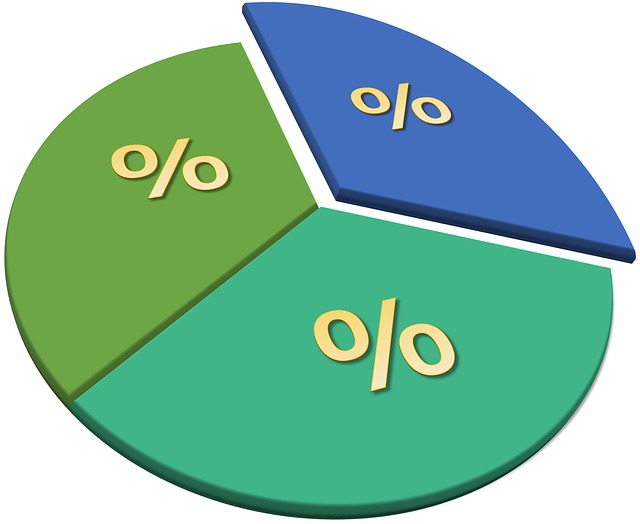By law, every year, mutual funds must distribute that year’s net investment income (the total of dividends and interest received, less fund expenses) and net realized gain (gains less losses on securities sales) to its shareholders.
Profit or loss resulting from the sale of certain assets classified under the federal income tax legislation as capital assets. This includes stocks and other investments such as investment property.
A Call Option gives the holder the right, but not the need to purchase a fixed quantity of a particular stock at a specific price inside a particular time. Call Options are bought by investors who anticipate a price increase.
Blue Chip Stocks are from leading and nationally known companies that offer a record of continuous dividend payments and other strong investment qualities.
Block trades are greater than or equal to 10,000 shares in size and greater than or equal to $100,000 in value!
Beta measures a stock’s volatility versus the market’s volatility. Read this article to learn more and see an example of Beta.
The tendency of the stock market to trend higher over time. It can be used to describe either the market as a whole or specific sectors and securities.
A Bear Market is a long period where the stock market value falls along with a sense of pessimism for the public. Read this article to learn more!
At The Money refers to an option whose strike price equals the price of the underlying equity, index or commodity.
An all-or-none order is an order type that only executes when the full amount of the shares in the order can be executed.
Current Ratio is the ratio of current assets divided by current liabilities. It provides A liquidity ratio that measures a company’s ability to pay short-term obligations. Also known as “liquidity ratio”, “cash asset ratio” and “cash ratio”.
Buy-Side Firms are institutions that provide advice on buying securities and assets within their own organizations.
Futures Contracts are a standardized, transferable legal agreement to make or take delivery of a specified amount of a certain commodity, currency, or an asset at the end of specified time frame. The price is determined when the agreement is made. Future contracts are always marked to market.
Expiration Date is the last day upon which an option or futures contract can be exercised or traded.
Excess Return is the return in excess of that required by shareholders based on the beta of the company.
Equity is the residual interest of an owner in an asset after all debt and tax payments have been taken care of.
An ECN or Electronic Communication Network is a computer network that facilitates the trading of stocks outside of the regular market hours.
Discount refers to the price of a bond when it is below its par value.
Derivative is a type of security whose value is “derived” from an underlying asset. (Eg; Futures and Options).
A depression is a recessionary decline in real GDP (taking inflation into account) greater than 10% lasting at least 3 years.
Delta is also called the hedge ratio, which is the ratio of the change in price of an option to the change in price of the underlying stock.
Currency Risk is the risk an investor is exposed to when investing in international markets. Currency risk is mainly associated with the fluctuations in exchange rates of the various world currencies.
Coupon Rate is the rate of interest paid on a bond, expressed as a percentage of the bond’s face value.
A Coupon is the periodic interest payment made to a bondholder during the life of the bond. (Usually semi-annual)
Convertible Preferred Stock are Preferred stock that can be converted into common stock at a particular time frame.
Convertible Bonds are bonds that can be converted into Common Stock usually at the maturity of the bond.
A Contract is term that describes the unit of trading for a stock option, future option or future. It lists all the obligations and particulars related to the security.
Buy-Sell Agreement is an agreement between shareholders or business partners where both parties agree to purchase or sell a stock.
EPS (Earnings-Per-Share) measures how much of a company’s net income actually trickles down to each outstanding share. EPS is a good estimator of how much money each shareholder is entitled to from the profits of the company.
Class B Shares are a form of common stock that may have more or less voting rights that Class A shares. Generally Class B shares have lesser voting rights, but be vary of some companies that trick investors by using the perception of Class “B” (compared to “A”) shares to attach more voting rights to them than Class A shares.
Class A Shares are a form of common stock that may have more or less voting rights that Class B shares. Generally Class A shares have more voting rights, but companies sometimes trick investors by using the perception of “Class A” shares to attach fewer voting rights to them than Class B shares.
A Balanced Fund is a type of Mutual Fund whose main objective is to diversify risk by holding a defined percentage of different security types.
AMEX is the third largest Stock Exchange in the US by trading volume.
An Aggressive Growth Fund is a form of Mutual Fund whose main investment objective is to achieve capital gains.






























